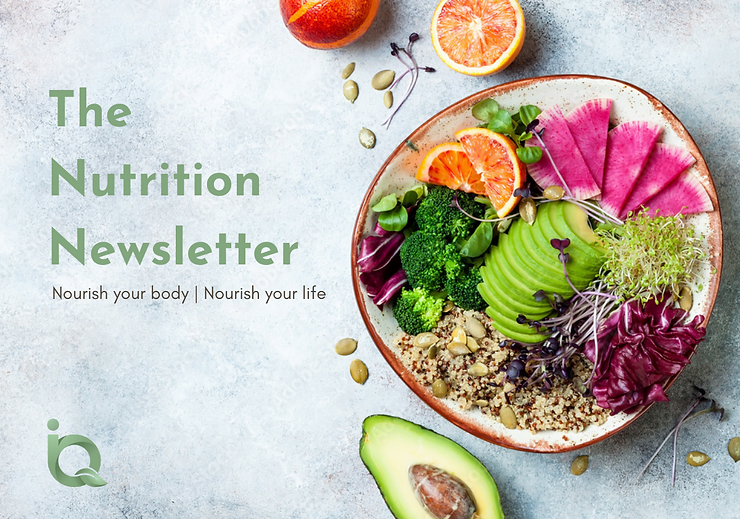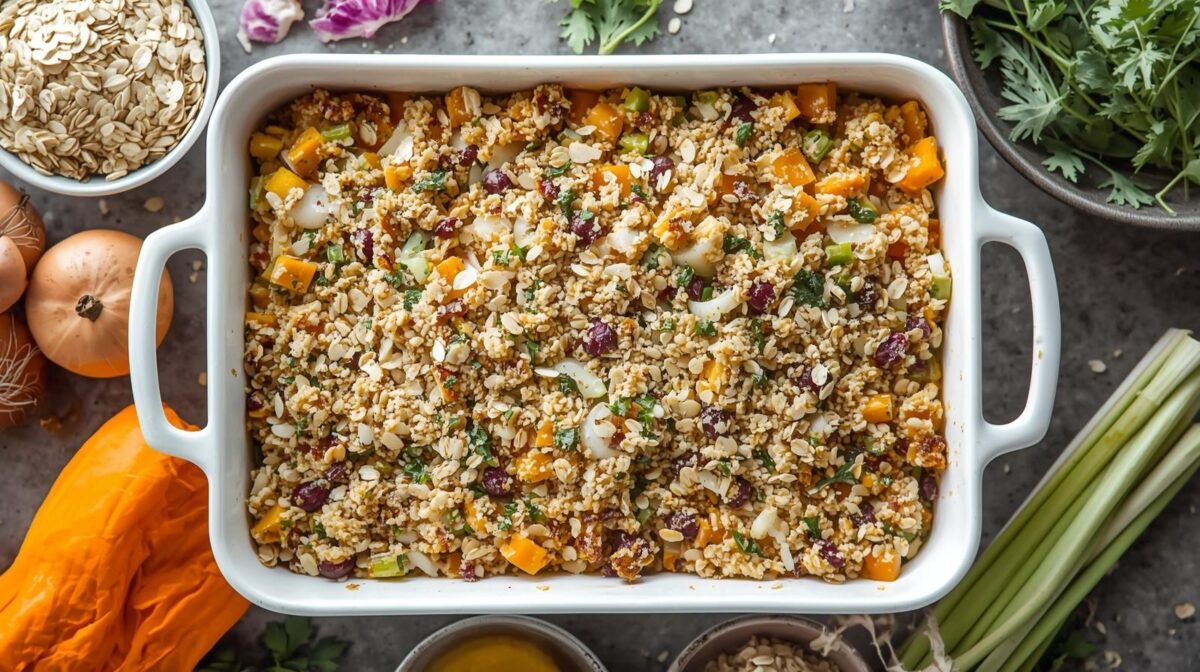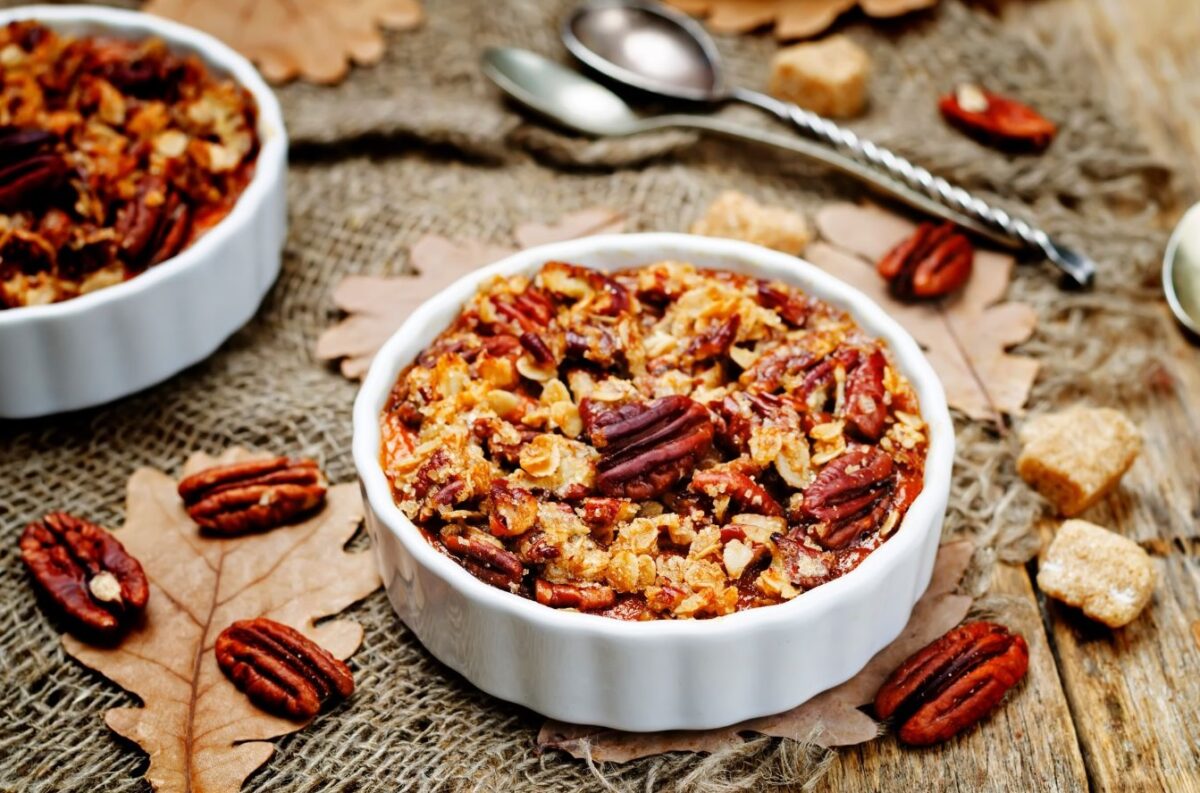Healthy Weight Management
I hope your holidays were spectacular!
Many people across the world commit to losing weight, eating healthier, getting in shape, or improving health year after year (43% to 70% of New Year’s resolutions!). But only 9-12% of people are successful in achieving their resolutions by the end of the year according to some surveys. (1)
My wish for you in 2022 is that you reach whatever goal you set for yourself! Setting attainable, incremental and, and compounding goals is the best way to ensure success – in whatever area of life it may be.
Because weight-related goals are among the most popular, I hope to provide you with reasonable, effective and truly health-promoting information on healthful weight loss.
FEATURED RECIPES
15-minute Healthy Wholefood Recipes
Here are some tasty health-promoting recipes that will support nearly all health goals – they all boast a high serving of protein (keep reading to find out why that’s so important).
You can make them in 15 min or less!
Time-saving tips:
1) A HUGE time saver for chopping veggies is a mandolin slicer like this one.
2) Chop veggies a few days ahead of time to save time
3) Frozen and canned veggies make storage and quick-prep super easy

Broccoli and Beef Stir Fry
Servings -1 (or more)
Time to make – 15 min
Quick and easy Asian-cuisine-inspired bowl that will provide the perfect ratio of protein, carbs, & fats.
Super Simple Protein Bowl
Servings – 1
Time to make: 5 min
Loaded with protein & probiotics, this sweet treat makes for a yummy and healthy mid-day snack or breakfast or can be made into a frozen treat.


One-Pot Turkey Scramble
Servings – 4
Time to make – 15 min
Another super versatile dish that can be made to taste many different ways. Make dinner for the whole family or use left-over for easy meal prep.
Quick Power Bowl – 4 Ways
Servings – 1 (or more)
Time to make – 15 min
Also a great meal-prep dish too. Flavor options are so versatile that you can create an entirely different dish with nearly the same ingredients.

Approaching Weight Loss the RIGHT Way
Here’s the thing, most of what you’ve read online or have heard about weight loss is WRONG. In fact, we need to stop approaching health from a weight standpoint and shift our focus to a more inclusive approach – physical fitness.
Weight is not the issue. Think about it, under the correct circumstances, your body is incredibly efficient at regulating and maintaining your body temperature, blood sugar, heart rate, etc., it can do the same for managing weight as long as you give the appropriate amounts of nutrients.
Your body has a “set point” for what’s considered your “healthy weight” (which is primarily determined by genetics). When you give your body what it needs in terms of nutrition, rest and recovery, hydration, and movement, you will naturally maintain the weight that is healthiest for you.
Anyone who has worked with me knows that we never approach health with weight loss as the goal. We work on establishing balanced health by giving the body exactly what it needs, no more and no less. My clients find that weight loss is often a “beneficial side-effect” of restoring these health parameters.
“The scale can only give you a numerical reflection of your relationship with gravity. That’s it. It cannot measure beauty, talent, purpose, life force, possibility, strength, or love”
– Steve Maraboli
It is important to nurture an appreciation, acceptance, and love of your body before engaging in anything weight loss-related. Your body is incredibly designed and it does so much for you.
Studies show that physical fitness level is a better predictor of mortality outcomes than weight and BMI (2). It’s not all about how you look! With that said, it is also true that excess body fat (as a result of excess calories) is damaging to health.
Adipose tissue (aka fat) is a very active endocrine organ meaning it makes, responds to, and regulates many hormones. When there’s more than your natural set point, these hormones can go haywire (3).
What Determines One’s Body Composition?
It is entirely possible for overweight individuals to be physically fit and healthy just as lean individuals can be physically unfit and unhealthy. There are two major drivers here:
Energy Efficiency – Genetics
This essentially describes how well your body is at storing energy (i.e dietary fats). If you are very energy efficient, your body will tend to store more of the fuel it receives from food. This explains why some individuals who eat very clean and exercise regularly still can’t seem to lose weight. If you’re energy inefficient, you likely burn through the fuels you receive from food rather quickly. This is why some individuals who never exercise and eat poor nutritional-quality foods never gain weight (4).
Factors that determine energy efficiency: Hormones like thyroid, cortisol, insulin, and leptin; microbiome diversity and gut health; nutritional status of your mother during pregnancy, mitochondrial efficiency, and more.
Diet and Lifestyle – Epigenetics
Regardless of your body’s energy efficiency levels, the most important determinant of your overall health status are things that are under your control. Epigenetics means “above the genes” or choices that YOU can make that influence your genetic expression. If your energy efficiency is high (tend towards gaining weight) but you participate in regular challenging physical activity and follow a healthful diet, then you are likely going to be far healthier than a lean individual who does not do these things.
Factors that influence health through epigenetics: whole-food nutrition intake & adequate nutrition status (i.e vitamins & minerals, regular exercise, healthy stress management & mental health, rest & recovery).
Let’s break these down…
Now, when it comes to weight loss, there are many ways that these two foundational concepts can be used to help you achieve your health goals.
Weight loss will often happen as a “beneficial side-effect” of focusing on these health-promoting factors: 1) Protein Intake 2) Resistance Exercise 3) Caloric Balance.
The beauty of this is that these 3 factors exist on a continuum as opposed to being their own separate entity. Focusing on one will lead to improvements in all.
3 Healthful Weight Loss Protocols
1. Protein Intake
You’ve heard the old adage “you are what you eat”. The nutrients in your food (or lack thereof) are what your body uses to make tissues, organs, hormones, neurotransmitters, and more.
When it comes to weight balance, you might be surprised to learn that the most important macronutrient is not carbs or fats, but protein.
Protein is the only structural building block nutrient. It is used to build muscle and organs, and connective tissue (aka lean body mass or LBM) whereas fat and carbs act as fuel sources for energy and are stored as such. LBM requires more energy to maintain than does fat tissue, meaning the more LBM you have, the more calories you burn throughout the day, even at rest.
Most people do not eat enough protein. The current RDA for protein intake is based on outdated research and is too low. Increasing protein intake has been scientifically proven to beneficially impact weight loss, and in fact, eating too little protein can actually inhibit weight loss. This is especially true for women (5).
Don’t worry, science has also proven that protein intake will not damage your kidneys as previously believed as well (6).
PROTOCOL #1: Protein Intake For Weight Loss
Eat between 0.54 to 1.1g per pound of body weight per day.
Sedentary individuals should have 0.54 – 0.82 grams/pound/day.
Active individuals should have 0.73 – 1.1 grams/pound/day.
2. Resistance Exercise
Most have heard that you should do cardio to lose weight. I’m about to throw a curveball at you. Resistance training is actually better for weight loss.
The same way that your body has a set point for the amount of body fat that it carries, it also has a set point for how many calories it wants to burn throughout the day – your total daily energy expenditure or TDEE.
The latest research says that if you burn MORE calories on certain days through exercise that you will actually compensation for those extra calories by burning LESS from doing things like fidgeting (called NEAT), or from breathing and heart rate (RMR or resting metabolic rate). Many people will also actually eat more calories when they burn more with exercise (7 and 8).
This is relevant in regard to the type of exercise you do because you burn more calories doing cardiovascular exercise than in resistance training. This means you will drive down NEAT and RMR – the calories you burn while not exercising. THIS is the dreaded weight loss plateau
Circling back to protein intake. When you do resistance training, you build up more muscle mass. More muscle mass is more metabolically expensive (it burns more calories), this increases your RMR throughout the day. With resistance training, you should also consume more protein, circling us back to protocol #1 (ladies, don’t worry I guarantee you will not “get bulky” doing this unless you start taking steroids, it’s just not in your physiology!).
PROTOCOL #2. Weight Loss Promoting Workouts
Cardio IS excellent for health and you shouldn’t throw it out completely, try this approach:
- 1 hour of resistance exercise (you have to challenge yourself to see beneficial changes – make it hard but not so hard that you hurt yourself!)
- 20-30 min of light cardio at the end of your workout. Use an elliptical, bike, or treadmill at a fast walking pace and slight incline. Try to stay at 40% of your max heart rate. Breath only through your nose
- Do this at least 3x per week.
3. Caloric Balance
The truth for most people is that weight gain comes as a result of continually eating a little more calories than your body actually burns each day. Here’s some math for perspective:
An additional 100 calories per day over the course of a year is 36,000 excess calories consumed. If 1 lb of fat is about 3500 calories, that’s a gain of 10.4 lb a year! (it’s actually far more complex and that is by no means perfect math, but you get the gist).
You’ve probably heard the “calories in/calories out” comparison and for the most part, it’s true. But thanks to energy efficiency, the result of excess “calories in” will vary from person to person.
If you have elevated cholesterol, just being in a mild caloric restriction (250-500kcal.day) can improve cholesterol along with other metabolic markers. There are more benefits to caloric balance than just weight loss (9)
PROTOCOL #3. The Accurate Way to Achieve Caloric Balance
- Know exactly how many calories your body burns each day.* The most accurate method is an RMR assessment. It’s the Gold Standard method Learn more about RMR tests here.
- Track your nutrition intake via an app or journal to ensure you’re eating just the right amount of nutrition for your body’s needs. No more, no less.**
*You can calculate this via equations but these are only 70% accurate at best (bio-individuality makes generalizations impossible, but it’s better than nothing).
**This may not be best for all. numbers and values can be unhealthy and even dangerous for some, especially those with a current or history of eating disorders, disordered eating, body dysmorphia, or other mental health concerns. Healthier alternatives may be following a meal plan outlined by a nutritionist or intuitive/mindful eating.
I hope you find these tips helpful. I do my best to ensure I stay up to date on the latest research to present only rational and validated information.
All statements made here are supported by scientific evidence and resources but I still encourage you to fact-check any and ALL health information received from me, your doctor, health gurus, and especially the internet. Examine.com is an excellent place to fact-check and it’s totally free.
A final note on weight loss – PLEASE DON’T DO KETO!!!. This is NOT a healthy dietary approach and can cause many problems. Most experience a rebound weight gain once ending the diet (it’s not sustainable long term) and often gain back more weight, among several other issues.
If you’d like to find out how you can have your RMR tested or learn more about functional medicine and healthful weight loss, please don’t hesitate to reach out to me.
Be well,
Jordan Smith MS
Functional Medicine Nutritionist














